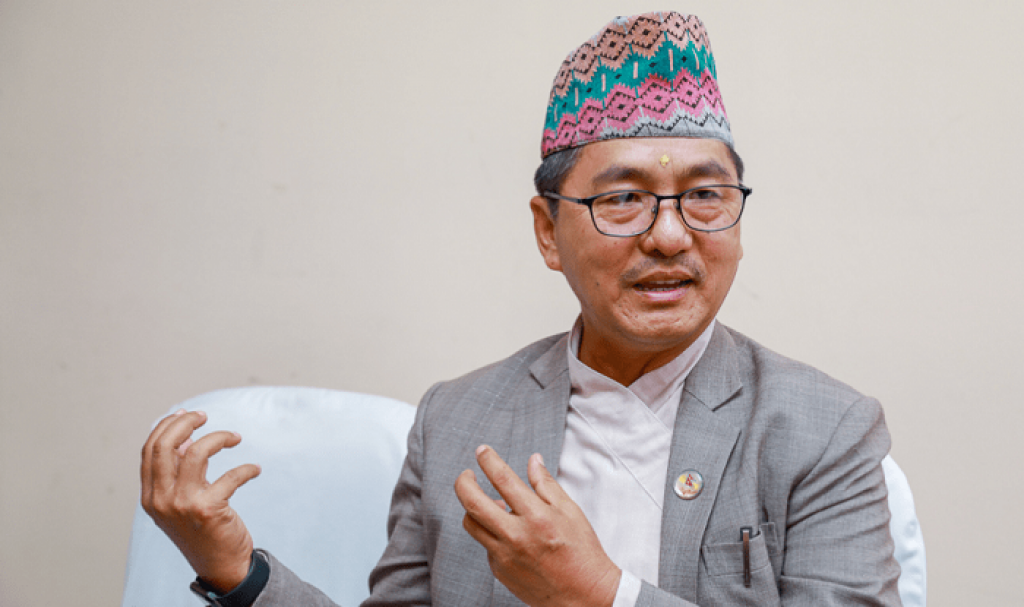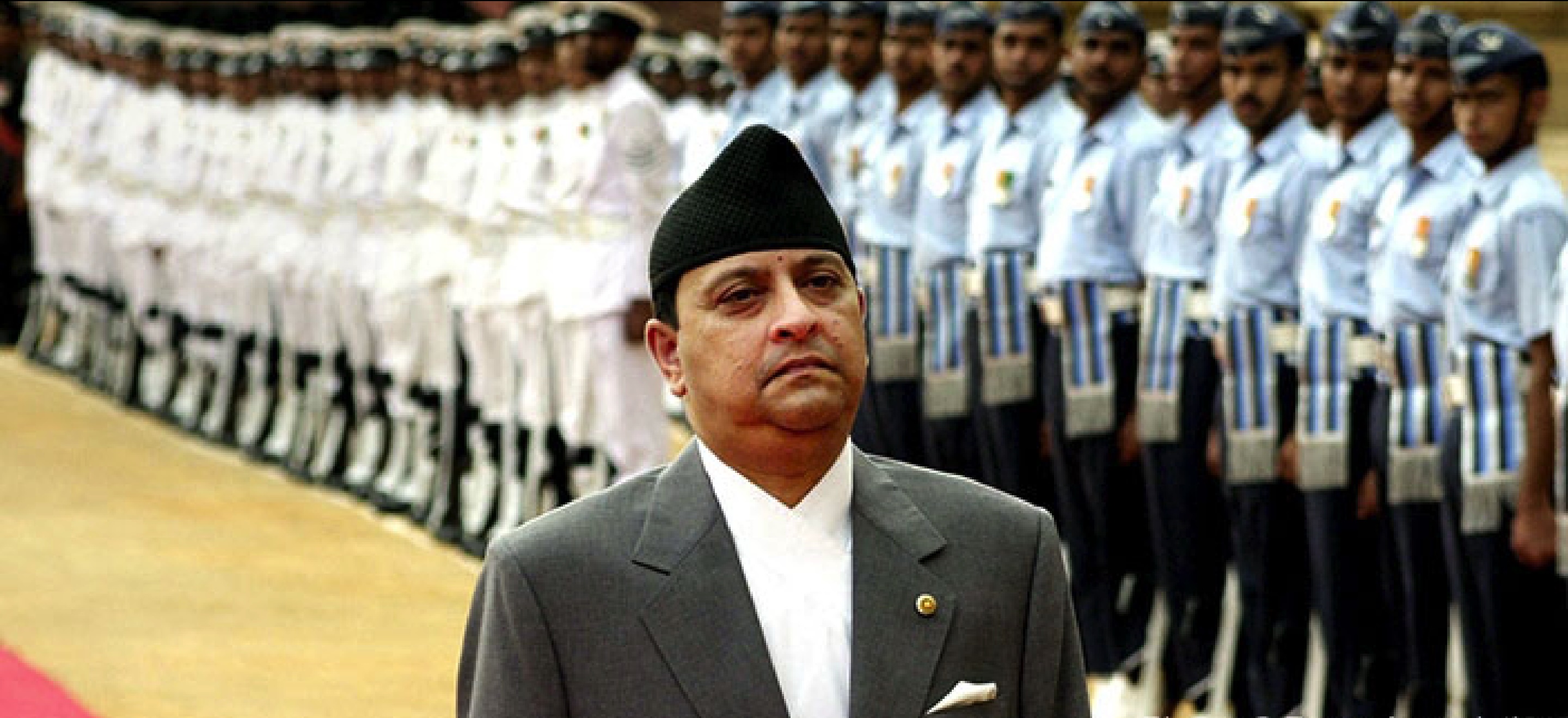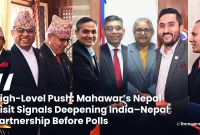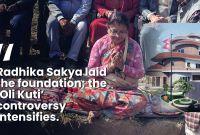Nepal's Political Earthquake: Why the Old King's Shadow Is Causing Chaos NOW!
The King's Return? Nepal's SHOCKING New Movement vs. The Revolution That Ended Royalty!

Kathmandu, Nepal – Nearly two decades after a historic popular movement swept away Nepal's centuries-old monarchy, the Himalayan nation is witnessing an unexpected political stir: a burgeoning, albeit controversial, campaign advocating for the restoration of royal rule. While the 2006 People's Movement (Jana Andolan II) stands as a defining moment of unified national aspiration for democracy, the current pro-monarchy activities of 2024-25 present a stark contrast in scale, leadership, tactics, and public backing, highlighting the complex and evolving nature of Nepal's political landscape.
The 2006 People's Movement, a 19-day uprising in April of that year, was a direct response to King Gyanendra Shah's decision in February 2005 to dismiss the elected government and assume direct executive power, citing the need to quell the ongoing Maoist insurgency. This move unified a diverse political spectrum against the monarchy.
The Transformative People's Movement of 2006 AD
The 2006 movement was characterized by its massive scale and broad participation. While precise official figures are debated, reliable sources indicate widespread demonstrations across the country, involving hundreds of thousands, potentially millions, of citizens from all walks of life – students, professionals, farmers, and civil society members – effectively bringing the nation to a standstill. This level of nationwide mobilization underscored the deep-seated public desire for democratic governance and an end to direct royal rule.

Leadership of the 2006 movement was primarily spearheaded by the Seven Party Alliance, a coalition of major parliamentary political parties. Key figures like Girija Prasad Koirala of the Nepali Congress played pivotal roles. Crucially, the movement also received strategic backing from the Communist Party of Nepal (Maoist), following a landmark 12-point agreement signed in November 2005. This unlikely alliance between mainstream parties and the insurgent Maoists provided a formidable, unified front against the monarchy, demonstrating a rare moment of political cohesion.
The tactics employed were predominantly peaceful, focusing on mass protests, nationwide strikes (bandhs), and civil disobedience. The sheer volume and persistence of these actions generated immense pressure, cornering the royal regime without resorting to significant violence from the protestors' side, thus maintaining broad legitimacy.
The political context and outcome were clear: the movement successfully compelled King Gyanendra to relinquish power and reinstate the House of Representatives on April 24, 2006. This paved the way for a constituent assembly election, which ultimately led to the abolition of the monarchy in May 2008 and the declaration of Nepal as a federal democratic republic.
The international role in 2006 was significant. Countries like India, the United States, and the European Union exerted considerable pressure on King Gyanendra to restore democracy. Global diplomatic efforts and public statements largely supported the democratic aspirations of the Nepali people and the efforts of the SPA, providing crucial external validation and pressure on the monarchy.
The Emerging Pro-Monarchy Movement of 2024-25 AD
Fast forward to 2024-25, and a different kind of movement is making headlines. Fuelled by growing public dissatisfaction with the performance of the republican system – perceived corruption, political instability, and slow economic progress – a call for the return of the monarchy has found a voice.
Recent demonstrations associated with this movement have been reported, but on a significantly smaller scale compared to 2006. While events like the welcome for former King Gyanendra at the airport in March 2025 reportedly drew around 10,000 supporters, other protests have seen crowd sizes in the thousands, primarily localized in specific areas rather than being a nationwide phenomenon.
The key figures driving this movement are more fragmented and, in some cases, controversial. Prominent among them are Durga Prasain, a businessman and activist, and Rajendra Prasad Lingden, the leader of the Rastriya Prajatantra Party (RPP). Their leadership lacks the unified, institutional backing of the established parliamentary parties seen in 2006.
The timeline of significant recent events includes former King Gyanendra's video message urging the revival of the monarchy in February 2025, the notable public welcome upon his return in March 2025, and various protests led by figures like Prasain. Disturbingly, some of these demonstrations, particularly one in Kathmandu on March 28, 2025, have reportedly involved violence and clashes, leading to injuries and fatalities. This stands in stark contrast to the largely peaceful nature of the 2006 movement and raises questions about the legitimacy and public perception of the current campaign.
The international stance on the pro-monarchy movement in 2024-25 is notably different from 2006. There is no discernible international support; in fact, democratic nations are likely to view such a movement with skepticism, given the global trend towards republicanism and the democratic gains made in Nepal.
Profiles of Key Figures
Durga Prasain

A former Maoist sympathizer turned businessman, Durga Prasain has emerged as a vocal and controversial figure advocating for the monarchy's return.13 His background is diverse, including ventures in the medical sector, and he has been involved in public activism since 2023.14 Prasain has faced allegations and controversies, including a high-profile loan default case.15 He has been a prominent leader of recent pro-monarchy and anti-government protests, often employing fiery rhetoric.16 Prasain was arrested on April 11, 2025, reportedly in connection with leading violent protests, including the March 28, 2025 incident in Kathmandu that resulted in casualties. His involvement and methods have drawn criticism from many political groups and media, who portray him as a disruptive and divisive figure.
Rajendra Prasad Lingden and the RPP

Rajendra Prasad Lingden, as the chairman of the Rastriya Prajatantra Party (RPP), represents the institutional face of monarchism within Nepal's current political framework. His political stance is unequivocally for the restoration of the monarchy and the declaration of Nepal as a Hindu state.18 Lingden has been critical of the current federal republican setup, arguing it is expensive and ineffective. While a key figure in the movement, reports as of April 21, 2025, indicate no recent arrest for Lingden himself, distinguishing his situation from Prasain's. His leadership is characterized by a clear commitment to monarchist ideals, but the RPP's limited electoral success (securing only 14 seats in the 2022 general election) suggests that while the monarchy has niche political support, it lacks broad national appeal within the current democratic system. His ability to mobilize significant resources and nationwide support appears constrained compared to the alliances of 2006.
The Role of Former King Gyanendra Shah

The former King Gyanendra Shah's alleged influence or involvement in the 2024-25 pro-monarchy activities is primarily symbolic and indirect, yet crucial for the movement's narrative. His video message in February 2025 and his public appearance and welcome in March 2025 serve as rallying points for supporters, embodying the aspiration for the return of the monarchy. However, his association with controversial figures like Durga Prasain carries potential risks and benefits. While his presence inspires loyalty among monarchists, aligning with figures accused of violence and financial impropriety can damage the movement's credibility and public perception, potentially alienating fence-sitters and reinforcing the views of those who oppose the monarchy's return.
Comparative Analysis: Two Movements, Different Eras
Comparing the 2006 People's Movement with the 2024-25 pro-monarchy movement reveals fundamental differences:
- Scale: The 2006 movement was a genuine nationwide mass uprising involving millions; the current movement is significantly smaller, localized, and counts participation in the thousands.
- Leadership: 2006 featured a united front of established parliamentary parties and the Maoists; 2024-25 is led by fragmented figures, including controversial activists and a niche political party, lacking institutional unity and broad political legitimacy.
- Tactics: 2006 relied on overwhelmingly peaceful mass mobilization and civil disobedience; 2024-25 has seen protests, but also disturbing incidents of violence, which can erode public sympathy.
- Public Support: 2006 enjoyed broad societal backing for democratic change and ending direct royal rule; 2024-25 taps into dissatisfaction with the republic but lacks widespread support for the monarchy's return, as indicated by electoral results and protest sizes.
- International Backing: 2006 received clear international support for democratic restoration; 2024-25 lacks any significant foreign backing and faces potential international skepticism.
- Political Context: 2006 was a movement against monarchical overreach and for democracy; 2024-25 is a reaction against the perceived failures of the republic and for a return to a past system.
Political Commentary: Noise or a Real Threat?
Political analysts offer contrasting views on the potential impact and effectiveness of the 2024-25 pro-monarchy movement.19 Some dismiss it as mere "political noise," arguing that its limited scale, fragmented leadership, lack of mainstream political and international support, and association with violence make it incapable of posing a serious threat to the established republican order. They point to the RPP's modest electoral performance as evidence of the monarchy's limited appeal.
Others suggest that while not an immediate threat on the scale of 2006, the movement reflects a deeper undercurrent of public dissatisfaction with the current political class and system. They argue that persistent misgovernance, corruption, and instability could potentially fuel the movement, turning it into a more significant force over time by capitalizing on public frustration. However, even this perspective often concludes that a full restoration of the monarchy remains highly improbable under current conditions.
As of April 21, 2025, Nepal's political landscape remains dynamic. The ghost of the monarchy has been stirred, providing a focal point for discontent. Yet, the pro-monarchy movement of 2024-25, with its different character, scale, and challenges compared to the transformative People's Movement of 2006, highlights that while dissatisfaction exists, the path back to royal rule appears fraught with significant obstacles and lacks the unified national momentum that paved the way for Nepal's republic. The future trajectory will likely depend on the performance of the current democratic institutions and the ability of the republican leadership to address the very grievances that the monarchists seek to exploit.




![From Kathmandu to the World: How Excel Students Are Winning Big [Admission Open]](https://nepalaaja.com/index.php/img/70194/medium/excel-college-info-eng-nep-2342.jpg)
